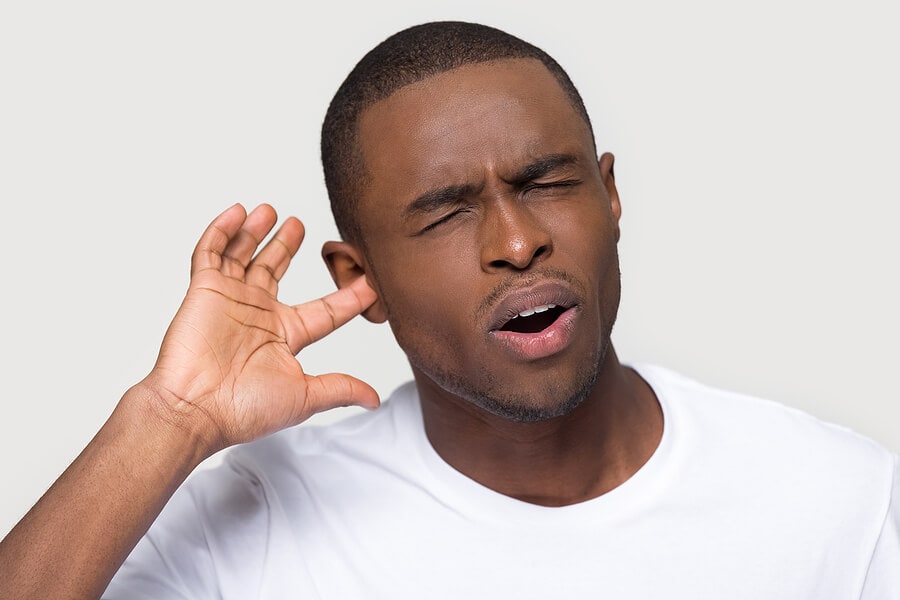Our ability to hear is a special gift that lets us connect with the world. But when earwax, also known as cerumen, builds up in our ears, it can cause problems for our hearing. In this discussion, we’ll look at why it’s important to remove earwax and how it’s linked to hearing issues. Let’s explore this crucial aspect of hearing care.
What is Earwax?
Earwax is a natural substance made by glands in our ear canals. It has an important job of protecting our ears by catching dust, dirt, and other foreign stuff. Normally, our ears clean themselves by pushing extra earwax out, where it dries and falls away. But sometimes, this self-cleaning process doesn’t work well, and earwax builds up.
How Earwax Buildup Affects Hearing
When too much earwax builds up, it can block our ear canals and cause various problems, including:
- Hearing Loss: One of the main effects of too much earwax is that it can make it hard to hear. Earwax can stop sound waves from reaching the eardrum, which can cause temporary hearing loss.
- Tinnitus: Sometimes, when earwax blocks the ear, it can lead to a ringing or buzzing sound in the ear, called tinnitus. This can make hearing even more challenging.
- Earaches and Discomfort: Too much earwax can also cause earaches, a feeling like your ear is full, and in severe cases, dizziness or vertigo.
Getting Professional Help for Earwax Removal
When you have symptoms because of too much earwax, it’s important to see a trained healthcare provider like an audiologist or an ear, nose, and throat specialist. Trying to remove earwax at home with cotton swabs or other things can be risky and not very effective. Putting things in your ear can push earwax deeper and possibly harm your delicate ear structures.
Professionals have the right skills and special tools to remove extra earwax safely and effectively. They usually start by checking your ear with a tool called an otoscope to see how much earwax is blocking your ear. Then, they decide on the best way to remove it.
Common methods for removing earwax by professionals include:
- Ear Irrigation: This method involves using warm water or a saline solution to gently wash away the earwax. The loosened wax is then drained out.
- Micro-suction: In this method, a special, low-pressure suction device is used to safely remove earwax. It’s especially good for stubborn earwax.
- Instrumentation: Sometimes, healthcare providers use special tools to carefully remove earwax. This is done when the earwax is closer to the ear canal’s entrance.
- Curette or Loop: Healthcare providers might use a small, curved tool called a curette or a fine wire loop to carefully scoop out visible earwax.
During earwax removal, professionals make sure you’re comfortable and safe. They take great care to avoid any discomfort or harm to your ear. You may feel better after the procedure, with improved hearing and less earache.
It’s important to trust trained professionals for earwax removal to make sure it’s done right and doesn’t cause more hearing problems. If you think you have too much earwax or have ear-related symptoms, don’t wait to see a healthcare provider. Your hearing is important, and professional earwax removal is a big step in keeping it healthy.
Preventing Earwax Buildup
Preventing earwax buildup is a good way to maintain healthy hearing. Here are some tips:
- Don’t Put Objects in Your Ears: Never use cotton swabs, bobby pins, or other things in your ears. This can push earwax deeper inside.
- Keep Your Ears Clean: Clean the outside of your ears with a washcloth, but don’t clean too deeply inside the ear canal.
- Protect Your Ears: Use earplugs or earmuffs in noisy places to shield your ears from loud sounds, which can make more earwax.
- See a Professional: If you tend to get a lot of earwax, consider regular check-ups with a healthcare provider for preventive care.
Keeping your hearing healthy is important for your overall well-being and quality of life. Removing earwax is a key part of this, as too much earwax can lead to hearing problems and discomfort. If you have symptoms related to earwax buildup, seek professional help to safely remove it. By taking steps to prevent earwax buildup, you can enjoy clear, healthy hearing for a long time.
Remember, your hearing is valuable, and regular ear care is an important way to protect it. If you have questions or need a hearing checkup, don’t hesitate to reach out to us. Our friendly team of professionals is here to assist with all your hearing-related needs.

